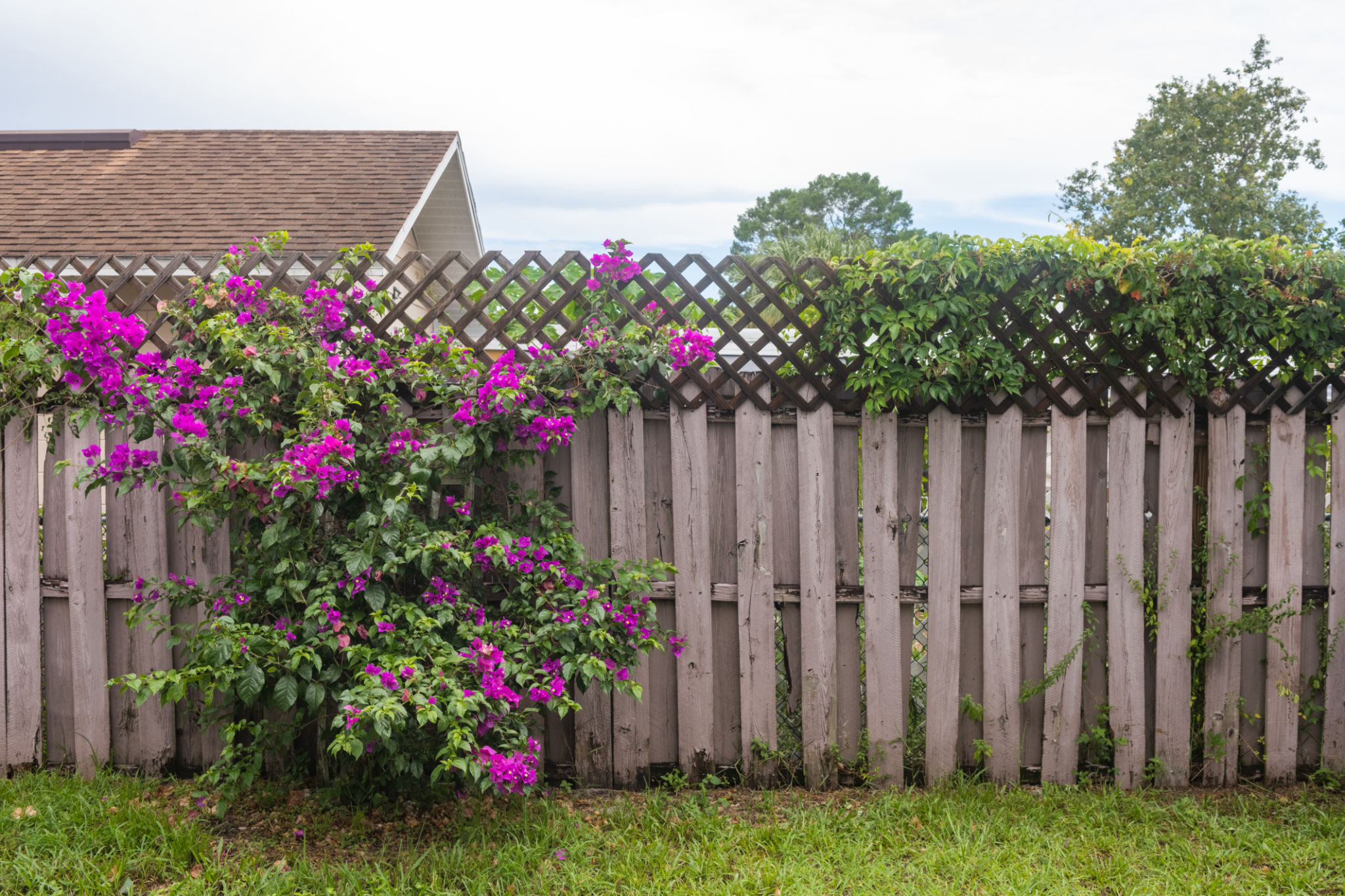The Impact of Florida's Climate on Lawn Care: What Homeowners Need to Know
Understanding Florida's Unique Climate
Florida is known for its diverse and unique climate, which presents both opportunities and challenges for homeowners when it comes to lawn care. The state's subtropical climate, characterized by high humidity, warm temperatures, and frequent rainfall, creates an environment where lawns can thrive but also become prone to certain issues. Understanding these climatic conditions is essential for maintaining a healthy and vibrant lawn.

The Challenges of High Humidity
One of the most significant impacts of Florida's climate on lawn care is the high humidity levels. This moisture-rich environment can lead to the growth of fungi and mold, which are detrimental to grass health. Homeowners need to be vigilant about proper aeration and drainage to ensure that excess water does not accumulate on the lawn, creating breeding grounds for unwanted pests and diseases.
Managing Fungal Growth
Fungal growth is a common issue in Florida lawns due to the humid climate. To combat this, homeowners should regularly inspect their lawns for signs of fungal infections, such as discolored patches or spots. Using fungicides can help manage these issues, but it's essential to follow product instructions carefully to avoid damaging the grass.
Dealing with Frequent Rainfall
Florida's frequent rainfall is another climatic factor that impacts lawn care. While rain can be beneficial, too much of it can lead to waterlogged soil, which suffocates root systems. Homeowners can counteract this by ensuring their lawns have proper drainage systems in place. Additionally, adjusting mowing schedules to avoid cutting wet grass can prevent soil compaction and damage.

Implementing Effective Drainage Solutions
Effective drainage solutions are critical for preventing water accumulation on Florida lawns. Homeowners can consider installing French drains or regrading their yards to facilitate better water flow. Regularly clearing debris from gutters and downspouts also helps direct water away from the lawn, reducing the risk of flooding.
The Role of Warm Temperatures
The warm temperatures in Florida provide an ideal environment for grass growth, but they also require adjustments in lawn care practices. Lawns may need more frequent watering during prolonged dry spells, typically in the hotter months. Implementing an efficient irrigation system can ensure your lawn receives adequate moisture without overwatering.

Choosing the Right Grass Species
Selecting the right grass species is crucial for a thriving lawn in Florida's climate. Varieties such as St. Augustinegrass and Zoysiagrass are well-suited for the region due to their heat tolerance and resistance to pests and diseases. Researching and choosing grass types that align with your specific local conditions can lead to better lawn health.
Combatting Pest Infestations
Florida's climate also means that pests are a perennial issue for homeowners. Insects such as chinch bugs and sod webworms thrive in the warm and humid environment. Regular monitoring and integrated pest management strategies can help keep these invaders at bay.
Implementing Pest Control Strategies
To effectively manage pests, homeowners should consider a combination of natural and chemical pest control methods. Introducing beneficial insects, such as ladybugs, can help reduce pest populations naturally. When chemical treatments are necessary, it's important to use them sparingly and responsibly to minimize environmental impact.
